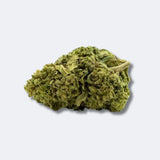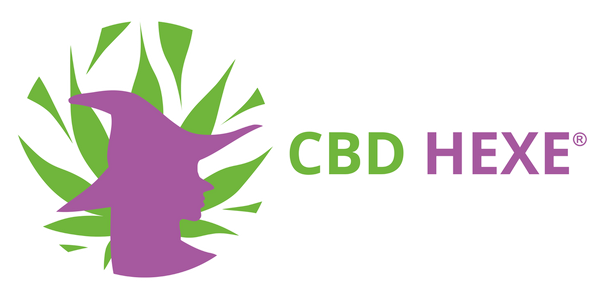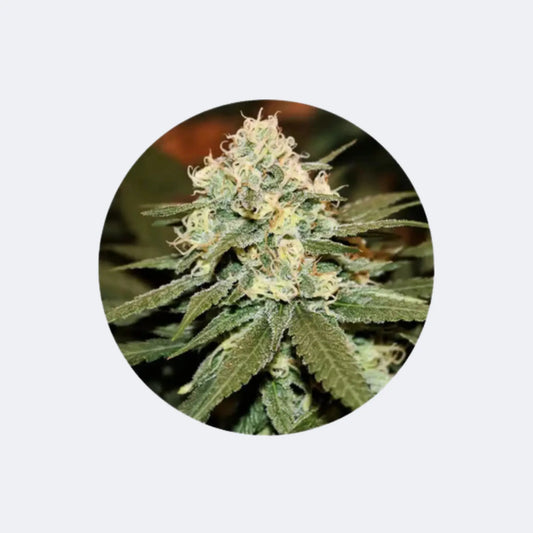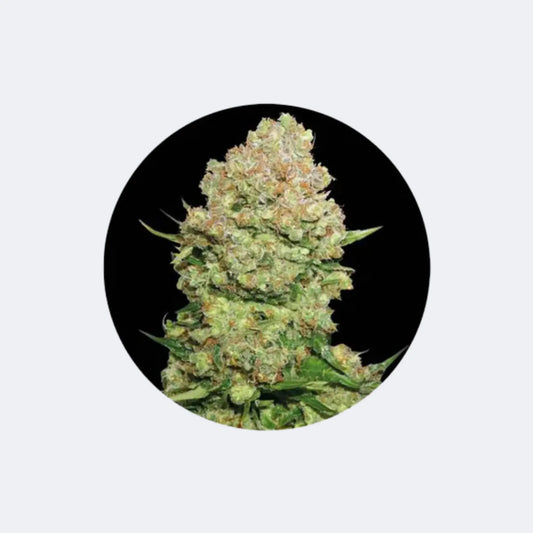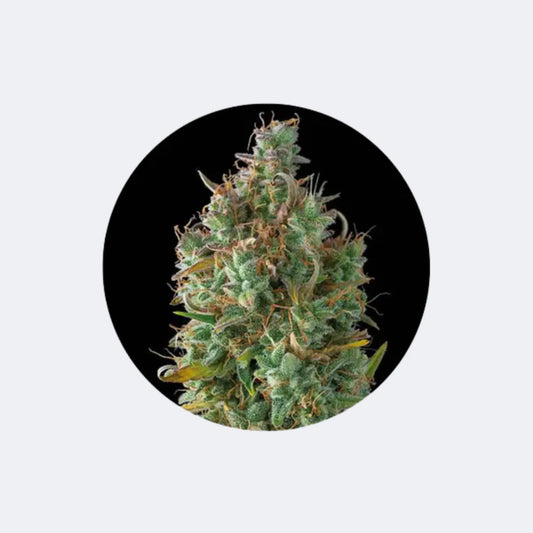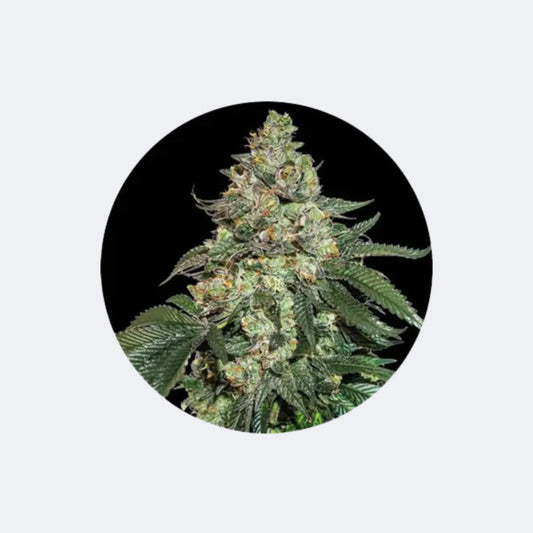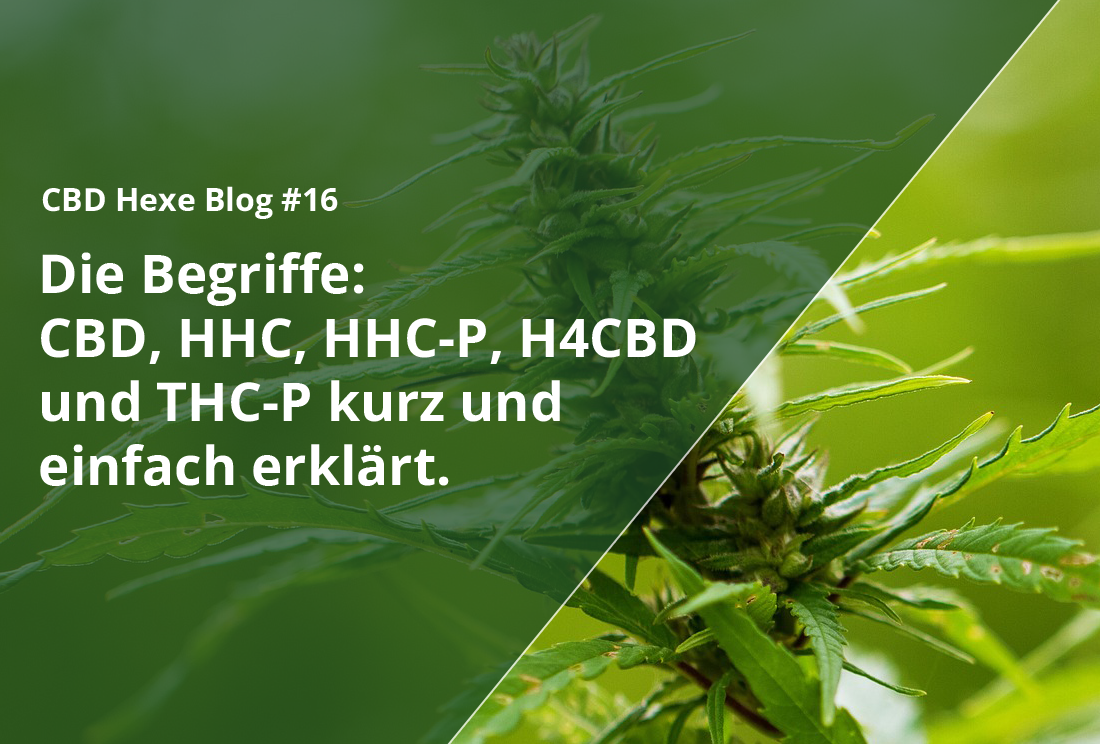
The terms: CBD, HHC, HHC-P, H4CBD and THC-P explained briefly and simply.
Maximilian BruderShare blog post
Hey, are you ready to dive into the fascinating universe of cannabinoids? Whether you're just getting started with cannabis and its components or you're already an experienced connoisseur, this post is for you! I'll take you on a journey to discover the unique characteristics and differences of CBD, HHC, HHC-P, H4CBD, and THC-P. We'll explain everything in simple and clear terms so that by the end, you'll know exactly what these cannabinoids are all about. Stay tuned and let's explore this exciting world together!
CBD
CBD stands for cannabidiol and is one of the best-known cannabinoids found in the hemp plant. Unlike THC, the psychoactive component of the plant, CBD does not have intoxicating effects. This means that when you consume CBD, you won't get "high" or "stoned" like with THC. Instead, CBD is often valued for its potential health benefits.
Many people use CBD products to relieve stress and anxiety, improve sleep, or reduce pain. There are also some studies that suggest possible anti-inflammatory and pain-relieving effects of CBD.
You can find CBD in various forms: oils, capsules, creams, and even in food or drinks. It's important to note that the effects of CBD can vary from person to person, and it's always advisable to consult a doctor or expert before use.
HHC
HHC stands for hydroxy-hexahydrocannabinol. It is a cannabinoid derived from THC. During the breakdown process of THC in the body, THC is converted into several metabolites, one of which is 11-hydroxy-THC. HHC may be a compound related to this or a similar process.
There aren't many studies on HHC yet, and therefore the specific effects or potential health benefits of this cannabinoid aren't yet fully known or understood. However, it may share some similarities with THC or CBD in terms of its effects, but without precise data or studies, it's hard to say for sure.
If you are considering consuming products containing HHC or would like to learn more about them, I would recommend looking for recent scientific studies or expert opinions to ensure you are getting the most up-to-date and accurate information.
HHC
HHC-P is essentially the "relative" of HHC, but with one small, crucial difference: It contains phosphorus. More specifically, HHC-P is a phosphorus-containing variant of HHC and belongs to the latest generation of lab-produced cannabinoids. These new cannabinoids are created by adding phosphorus groups to existing cannabinoids.
Now, if we take a closer look at the chemistry: The main difference between HHC and HHC-P lies in this phosphorus group. This means that HHC-P has an additional phosphorus group in its chemical structure compared to its "cousin," HHC.
And what does this mean for its effects? While there aren't many studies on HHC-P yet, there is some evidence that it may bind more strongly to our body's own cannabinoid receptors. This, in turn, could mean that HHC-P is potentially more potent than HHC. But, and this is important, these assumptions still need to be confirmed by comprehensive research.
Another interesting point is the origin of these two cannabinoids. While HHC occurs naturally in the cannabis plant, HHC-P is a laboratory creation, a synthetically produced cannabinoid.
H4CBD
H4CBD, also known as tetrahydrocannabidiol, is one of the newest members of the cannabinoid family. Similar to its "siblings" THC and CBD, H4CBD interacts with our endocannabinoid system (ECS). This system controls everything in our body, from pain to our sleep cycle to our appetite. What makes H4CBD so special, however, is its unique chemical structure, which differs from other cannabinoids. This can lead to various reactions in our body that we have yet to fully understand.
Now you might be wondering: Where does H4CBD come from? Well, H4CBD is a natural cannabinoid found in the cannabis plant, albeit in much smaller quantities than THC or CBD. To extract it, most manufacturers use CO2 extraction. This is a cool method that uses carbon dioxide under extreme pressure and low temperatures to extract H4CBD from the plant. The result? A pure and potent H4CBD product. And although H4CBD is still relatively new on the market, it's becoming increasingly popular and readily available the more we learn and research about it.
So what sets H4CBD apart from other cannabinoids? Well, besides its chemical structure, there are a few things. While THC is often known for its "high" effect and CBD is valued for its calming properties, we're still in the research phase with H4CBD to discover its full potential. There are also legal differences. In many countries, THC is illegal, while CBD, and perhaps also H4CBD, are often legal, as long as they don't contain too much THC.
In conclusion, the H4CBD journey has only just begun! It will be exciting to see where research takes us in the coming years and what amazing things we will learn about this fascinating cannabinoid. Stay tuned!
THC-P
THC-P, also known as tetrahydrocannabinol-P or Δ9-tetrahydrocannabinol phorate, is a cannabinoid similar to the commonly known THC, but with a twist. It's a variant of THC that has a phosphorus group in its chemical structure. This additional group may affect how it interacts with our endocannabinoid system.
If you've ever heard of THC, you know it's the cannabinoid responsible for the "high" feeling you experience after consuming cannabis. There's some evidence that THC-P may be even more potent than regular THC, meaning it could have stronger effects even when consumed in smaller amounts. It's important to emphasize that we don't yet know as much about THC-P as we do about other cannabinoids, as it has been less researched.
THC-P isn't present in high quantities in most cannabis strains, making it a less common cannabinoid. But thanks to modern extraction and modification techniques, it may be possible to produce more of it in the future and use it for various applications.
